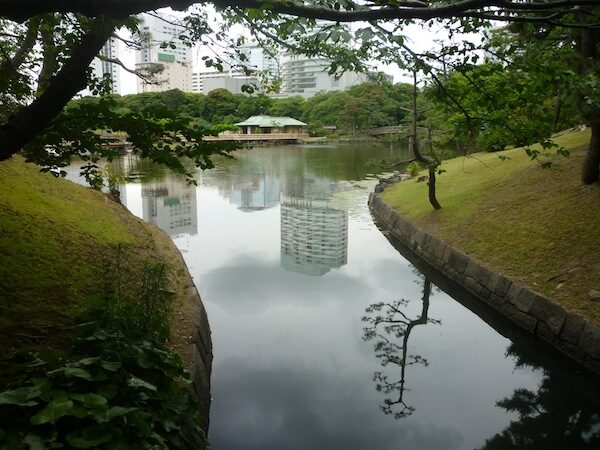Tokugawa Ieyasu was the first of the Tokugawa Shogun.

Born January 31 1543 at Okazaki Castle in Aichi Prefecture, the young Ieyasu, was sent as a hostage to the Imagawa clan by his father, Hidetada, who sought their help in the fight against the Oda. Enroute to his captors’ castle at Suruga, the convoy was intercepted by the enemy and the boy was taken to Oda Nobuhide, who offered peace terms to the Tokugawa on such difficult conditions that Hidetada refused even at the risk of his young son’s life. Ieyasu was then confined to a Temple in Nagoya, where he endured many hardships.
Ieyasu took part in the 1560 battle between the Imagawa and the Oda at Okehazama, when the 25,000 Imagawa soldiers were trounced by 2,500 Oda samurai. With the death of Imagawa Yoshimoto, Ieyasu was at last free. Upon his return to Okazaki Castle he allied himself with Oda Nobunaga, who had indirectly
brought about his freedom.
Ieyasu faced near total defeat in 1571 when the Takeda clan attacked his northern provinces of Totomi in the Battle of Mikatagahara. Four years later, and with the assistance of Oda Nobunaga, we would get his revenge, decimating the Takeda forces at the Battle of Nagashino. Following the death of Nobunaga,
Ieyasu would face off against Hideyoshi at the battle of Komaki Nagakute in 1584, although relations between the powerful men would later improve.

On his deathbed Hideyoshi, having ruled a unified nation for nearly 15 years, called for the then 56 year old Ieyasu. Hideyoshi who had done so much to unify and stabilize Japan was entrusting the most powerful of the daimyo to lead the council of regents who would attend to his five year old son and designated heir Hideyori.
Ieyasu readily agreed and upon the death of the Taiko, or ‘Great Chancellor’ as Hideyoshi was titled, Ieyasu installed himself in Hideyoshi’s sumptuous Fushimi Castle and immediately began to make moves to assume complete power of the country.
His actions invoked the ire of a number of his contemporaries, many of whom openly condemned his plans, ripping the nation into two factions, east and west. These two great armies met on October 21, 1600 on the small plain of Sekigahara, the gateway between the mountains dividing the country, and where the strategically important arterial routes, the Tokaido and Nakasendo highways merged.
Ieyasu would emerge victorious from what was to become the biggest, bloodiest, most decisive battle in samurai history.

Three years after the Battle of Sekigahara, Ieyasu was invested with the title of Shogun, establishinga dynasty that would rule Japan for 250 years. Ieyasu is said to have died from stomach cancer in 1616 aged 73, a ripe old age for a man at the center of the period of civil war and who had taken part in over 90 battles.
Details remaining from later in Ieyasu’s life show him to have stood about 156.5cm tall, with girth measurements ranging from 100 to 120cm. Order forms for split toe tabi socks show his feet measured 22.7cm. His inner leg was about 80cm, while his leg from knee to foot was 35cm long. Hand prints show his hands were 18cm from palm base to fingertips.
